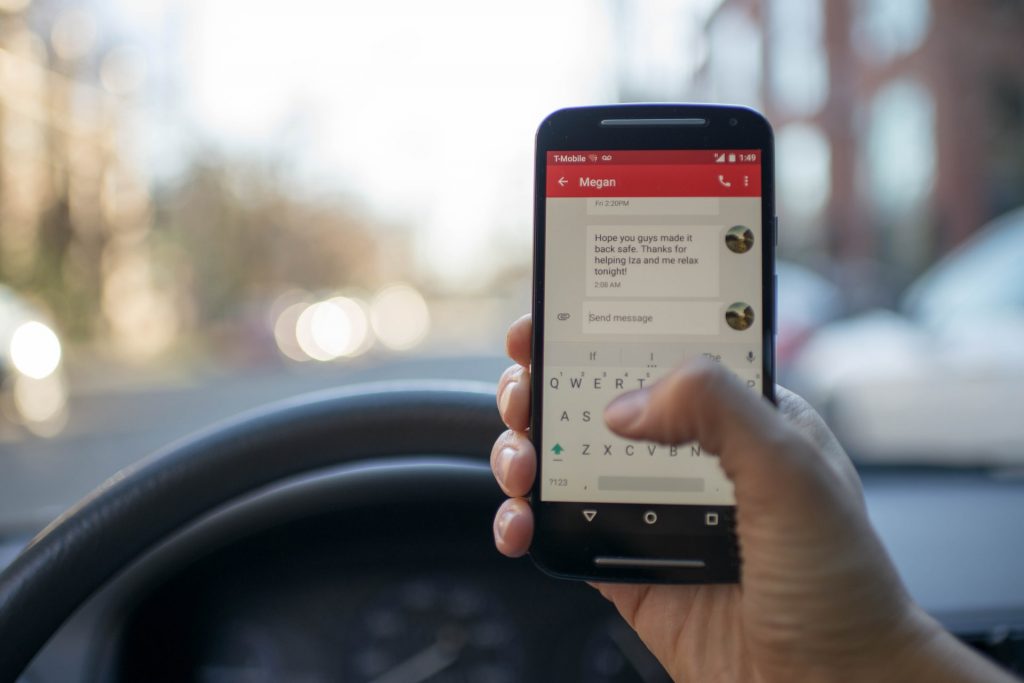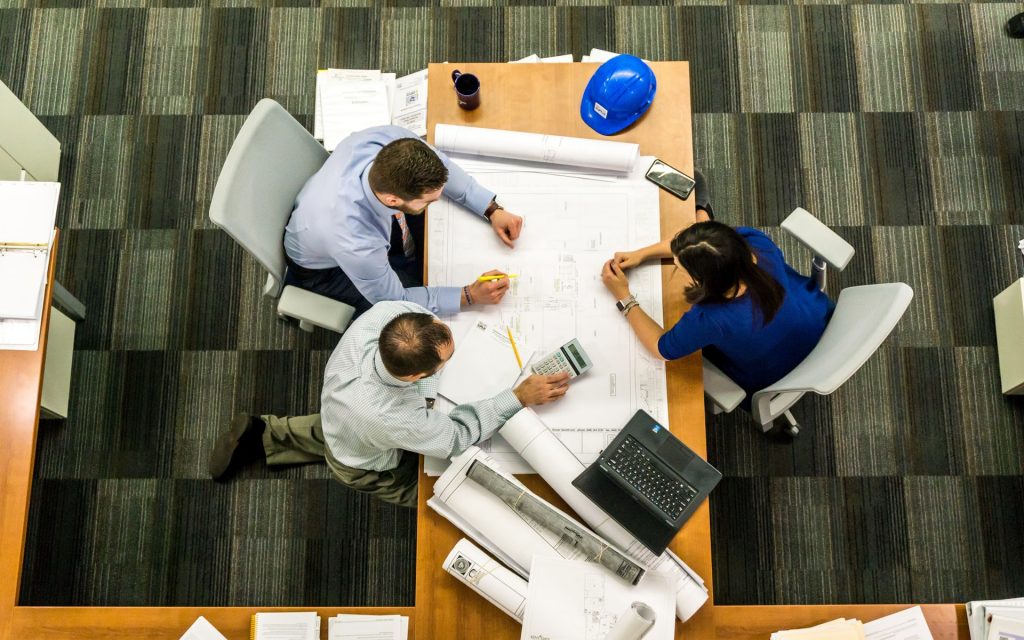Keeping up a good performance at work is a constant struggle. You might give in your best, but there will always be other external reasons challenging you at your workplace.
According to Hubspot’s Ebook, How to Manage Workplace Distractions, “Workplace interruptions cost U.S. businesses an average of $650 billion dollars a year.”
This seems to be unbelievable. Like how can an innocent water cooler conversation possibly mean the loss for the business? That’s preposterous!
Well, we thought so too. Until we decided to get to the bottom of this and find how what exactly was happening here. Get ready for having your myths busted and your ignorance lifted.
Discussed below are three sources of distractions that have been identified by Hubspot to be eating up a good chunk of time of the employees at the workplace.
Email and Instant Message Alerts – Smartphones
Yes, Technology has made our lives easier. It has brought us virtually closer to each other, and it made communications – long distance, international, or even with people sitting right in front of us – extremely quick. So much so that what often happens is that we tend to make our virtual messages a priority over our real-time commitments.

Let’s look at some statistics for this. Again, going by the Hubspot numbers 71% of people are known to answer an IM notification within 2 seconds of receiving it. And as Emails are concerned, be prepared to be shocked, more than 41% of people agree that they have a habit to respond to emails that are just 15 seconds old.
Well, we will leave you to be the judge of how many of these emails or instant messages that employees are responding to with such enthusiasm at their workplace are actually work-related and how many of them aren’t.
Replying promptly, which though is responsible behavior as ethics dictate, it is also the road that leads to the Forgetville. Point being that once you respond to an email, assuming that the person on the receiving end is also an employee in his/her workplace like yourself, a constant to and fro of messages, will initiate conversations that actually don’t end until either one of you is busted by a colleague or worse, the manager.
While not all of you might be into chatting away the working hours, responding to personal texts during working hours is a sure distraction that you need to fight to maintain a high level of productivity.
Now that we know what the problem is, let’s talk about what can be done about it. Listed below are some pointers that we have put together to help you fight the temptation to reply promptly to messages that are clearly not urgent.
Limit the number of devices or applications that you are receiving messages on.
If you are receiving a text message on your phone, and then you are receiving a notification on your laptop regarding the message you have received on your phone, well you know what to do with it. Most applications allow you to select how you would like to receive your notifications. Manage those settings in a way that during your working hours you are not shown irrelevant messages.
If it doesn’t pop up on your screen, it cannot tempt you to respond.
Yes, we know what you are thinking. But what if it doesn’t show me a mail or a text that is urgent or requires my attention right not and I miss out on it? Well, the system is smart. It can, for instance, sort and prioritize standard email deliveries.
Or if you are not comfortable with blocking out notifications for long stretches of time, what you can do is, fix a time, like you will check and respond to your emails every hour. But not in between. This will reduce the time you spend clearing out your unread messages and will make you more productive at work.
Loud Colleagues
We understand how difficult it is to keep working your entire shift without talking in between. It might be you asking a colleague for some advice regarding a report you are making or two colleagues in the cube discussing how they are going to present theirs. Or it might be a friendly colleague stopping by to ask how your weekend was, or other colleagues discussing the news or the last night’s sports match or the weather. Whatever it is, it is viable. All of us need these little idle chit chats to blow off some steam and get back to work doubly energized.
But the problem with such idle chit chat is that it might not be well timed. Imagine you have been struggling with your presentation for an hour. And just when you have a breakthrough, there comes a colleague wanting to talk about how they couldn’t catch last night’s Game of Thrones episode and how they are afraid of getting spoilers from one place or the other. And by the time they have finished talking about how Jamie’s character has really come around, you no longer remember the ecstatic idea you had regarding your presentation.
Fun fact – 63% of employees feel that noisy colleagues are the biggest distraction at the workplace.
So, what do you do now?
While you might want to share with your colleague what you really think about this conversation that you are having, we strongly suggest you don’t. Honesty might not be the best policy in this case.
Try politely giving them hints that they are overstaying their welcome. Let them know that you have work that needs to be done immediately. Most importantly, be polite. Working is an exhausting task for most of us, and some casual conversation really makes it easier. Don’t take it away from them. Try telling them that you will find them later as soon as you finish the task at hand. If you have a cabin, try keeping your door shut when you are power working. But don’t make it look like your colleagues can’t approach you if they have a question regarding work.
Extreme Multitasking
We cannot emphasize enough the fact that not only will Multitasking not have the effect you want it to have on your to-do lists, but it is also actually going to take more time, not finish enough tasks on time as well as exhaust you. Even though the prospect of working on multiple projects simultaneously might sound appealing to you, it is not worth it if it means compromising the quality of the tasks you perform or taking a toll on your mental or physical health.
According to research by a team of Scientists at the University of Texas at Austin, there is only 10 percent of the population that can be classified as ‘decent multitaskers’. So, until you are sure you are one of the chosen ones, we would recommend you to take on one task at a time and move on to the next one, only after completing the first task.
Now let’s move on to the part where we talk about how to deal with the distraction of multitasking.
The one thing that you need to do right away is – Create a better routine. There are a number of online and offline tools available that can help you keep a track of all the tasks that need to be done, as well as how you can manage them efficiently, so that you can accomplish all those tasks on time, without fail and of course without compromising on the quality of your work.
When you are working on the routine, make sure you create it in a way that allows you to put in all your efforts into one task at a time. This will not just help you improve your concentration power, but will also mean that you can finish this one task quickly and then move on to the next. Instead of being stuck in a web of entangled threads, you can actually take up one thread at a time and follow it to its source before starting on with the next. In short, be organized and focused.

How can Management handle Workplace distractions?
In the report, Managing Distracted Employees, Marty Martin suggests two ways in which the Management can ensure that the team is being productive without being carried away by the tide of distractions that a workplace tempts with.
-
Redesign the workplace from the distractibility point of view.
It might so happen that the best of employees find it hard to focus on their work and it is not even their fault. The chairs might be too squeaky, the lights too harsh or the fan too loud. Make sure that your workplace is free from any visual or auditory distractions. To do this, you will need to design the workplace and the job in a way that is conducive to work. A work environment that hinders performance is of no use to anybody.
-
Create a distraction elimination plan.
This is pretty much like when in school your teacher used to give you a time out and tell you to go sit in the corner and think about what you have done. Well, a manager’s distraction elimination plan should be quite similar to that. For instance, they could move the desks of hard-working employees away from those who are distracted easily. To give an example, if you make an employee who is too easily distracted sit and work somewhere close to you, they might be less distracted. Micromanagement can be the answer to some problems here, but make sure that the employees do not feel like they are being given detention or something. Sit with them, and discuss your concerns with them before deciding on a Distraction Elimination plan for them.


